Chapter 9 from "Our Country, Then and Now"

Read Part I:
“The Money Trust” “Overview,” “The Second Boer War”
By , May 14, 2025
.
.
The Russo-Japanese War
Increasingly, relations among Britain, the US, and Russia must be understood if we want to grasp today’s geopolitical crises. Thus, despite the fact that Britain and Russia were allies during World War I and World War II, when Russia was part of the Soviet Union, Britain has always viewed Russia as a potential enemy. Russia is simply too big and powerful a Eurasian continental power to be tolerated.
As Russia continued its expansion in the 17th and 18th centuries under Peter the Great and Catherine the Great, it began to push toward regions that Britain saw as its own spheres of interest: most obviously India, which Russia threatened with its push into Central Asia. Other potential points of conflict included any movement Russia might make through the Caucasus toward Persia; Russian force being applied through the Black Sea against Turkey at Constantinople, the point of transit from the Black Sea to the Mediterranean; Russia’s influence among Slavic peoples in the Balkans, particularly Serbia; its push into Eastern Europe against Poland; or any advances in the Baltic Sea region where the Scandinavian nations faced Russia, which was building a fleet to sail from St. Petersburg to enter the North Sea and the Atlantic.
All these were sensitive nodes for Great Britain. This was why the British applied so many diplomatic resources to its “Russia problem.” In the big picture, in order to maintain the desired balance of power in Europe and the world, Britain needed Russia to counter the rising power of Germany, even to the point of war, but didn’t want Russia to become so powerful that Britain itself would be threatened. So it was always a balancing act. Plus Russia sat alongside the famed “Mackinder Line” so important to controlling the Eurasian heartland.
.

Clockwise from top: Russian cruiser Pallada under fire at Port Arthur, Russian cavalry at Mukden, Russian cruiser Varyag and gunboat Korietz at Chemulpo Bay, Japanese dead at Port Arthur, Japanese infantry crossing the Yalu River (Public Domain)
.
In Britain’s view, Russia was also getting too big for its britches in the Pacific. The Russian Empire had spread across Siberia to the Pacific coast, with the Trans-Siberian Railroad then under construction. Wanting to obtain a warm-water port, Russia had its eyes on Korea, where it desired a protectorate, and on Manchuria, where it had leased harbor facilities at Port Arthur.
Britain wanted no further Russian expansion anywhere, but particularly in the Pacific, where they and other European powers had established themselves in Indochina, Hong Kong, Malaysia, Singapore, Indonesia, and, of course, Australia and New Zealand. Always there was India.
But Japan too was a rising Pacific power, with ambitions on the Asian mainland. In 1902 Britain and Japan signed an agreement, specifying that if any nation allied itself with Russia in a war against Japan, Britain would enter the war on Japan’s side. This treaty would keep France and Germany out. German Kaiser Wilhelm II, meanwhile, egged on Russia’s Asian adventures, urging Czar Nicholas II to do his duty of upholding the white race against the “Yellow Peril.”
Bolstered by British support, including collaboration with British intelligence, Japan attacked the Russian navy at Port Arthur on February 8, 1904. Within less than two years, Russia threw over a million men and two-thirds of its warships against Japan, which fielded 1.2 million men of its own. To win the war, Japan borrowed heavily from US and British banks. The world was stunned at how thoroughly the Japanese put the Russians to rout.
Warfare in the Pacific would never be the same. It was the first time an Asiatic nation was able to stand up to a Western power, so the war gave solace to people elsewhere that had been oppressed and humiliated. Given Britain’s role in furthering Japan’s victory, it was astonishing that within less than a decade from the debacle of the Russo-Japanese War, Russia and Britain would be allies. But, as stated previously, Britain needed Russia in any war against Germany, and Germany had angered many in Britain by rooting for Russia so vociferously against the Japanese.
The “Great Rapprochement” Between Britain and the US
We have seen how Cecil Rhodes desired to found a “secret society” that would help “recover” America for the British Empire. Of course, the US and Britain had always had relations in matters of business, banking, and finance, as exemplified by the careers of George Peabody (1795-1869) and Junius Morgan (1813-1890), both of whom headed financial institutions with major branches in both nations. The Rothschilds had major investments in the US, including through their agent August Belmont, and when J.P. Morgan took over the family business in New York and London, he and the Rothschilds worked closely together into the 20th century.
Another financier whose interests were closely tied to British bankers was Jacob Schiff, whose father began as a broker for the Rothschilds. Born in Frankfurt, Germany, Schiff came to the United States after the American Civil War. Later he was invited to join the firm of Kuhn, Loeb & Company and brought his British connections with bankers like Ernest Cassel with him. Schiff became the foremost Jewish banker in the US and retained a special interest in aiding Russian Jewish refugees. He was an early supporter of the Zionist movement that sought to establish a Jewish national state somewhere outside Europe. He also became a director of numerous corporations, including the National City Bank of New York, Equitable Life Assurance Society, Wells Fargo, and the Union Pacific Railroad.
So there had been nothing unusual about Anglo-American collaboration, at least in the world of finance. But in politics, matters were different. As we have seen, the Republican Party worked to keep Britain at arm’s length and, from the time of Lincoln, tried to keep US government finances out of the hands of the Rothschilds and other British financial magnates. But this became more difficult as the US moved toward the gold standard.
Nonetheless, what is called the “Great Rapprochement” took place. The phrase refers to the convergence of diplomatic, political, military, and economic activity of the US and Britain from 1895 to 1917, leading up to American entry into World War I. In 1901, British newspaper magnate W.T. Stead and friend of Alfred Milner, published a book entitled, The Americanization of the World, a massive two-volume tome that advocated a merger of the English-speaking nations. This would allow Britain “to continue for all time to be an integral part of the greatest of all World-Powers, supreme on sea and unassailable on land, permanently delivered from all fear of hostile attack, and capable of wielding irresistible influence in all parts of this planet.” US steel magnate Andrew Carnegie is said to have told Stead, “We are heading straight to the Re-United States.”
.

Uncle Sam embraces John Bull, and Britannia and Columbia hold hands and sit together in the background in a promotional poster for the United States and Great Britain Industrial Exposition (1898). (Public Domain)
.
Stead’s perspective was identical to that of Cecil Rhodes and Alfred Milner. After Milner returned to Britain from South Africa, he was out of government for a time, defending his reputation against critics of his imperialistic policies in South Africa and securing his personal financial position. He became a bank director and an investor and manager in the Rio Tinto Company, one of the world’s largest extractors of copper and zinc.
Milner was also the founder in 1910 of The Round Table – A Quarterly Review of the Politics of the British Empire, whose purpose was to promote the cause of the British Empire. The journal is still in existence, renamed in 1966 The Round Table: Commonwealth Journal of International Affairs. An organization of the same name also came into being. The Round Table was an elite group of the most notable British imperialists, many of whom had ties to the same level of elitists in the US. As executor of Cecil Rhodes’ will, it would have been Lord Nathaniel Rothschild who appointed Milner as the Round Table’s head.
If there was ever a “secret society” as Cecil Rhodes envisaged, this was it, with the Pilgrims Society giving social expression to the upper class merger of the two cross-Atlantic nations. Still, little is known of the Round Table, even today. It was the subject of considerable elucidation by American scholar Carroll Quigley in his book The Anglo-American Establishment published in 1981. The book cites names, especially in reference to what became the Milner Group, though it is extremely sketchy on how British Round Table members interacted with the Americans they wished to influence.
The real facts of Anglo-American imperial governance remain shrouded in secrecy. The role played by the British “Royals,” probably the world’s richest and most privileged family, is particularly obscured from view. One thing for certain: the “Great Rapprochement,” was only made possible when the profoundly Anglophile Theodore Roosevelt took over as president with the assassination of President William McKinley in 1901.
Coming Next: “Creation of the Federal Reserve” Parts 1 & 2
*
Click the share button below to email/forward this article. Follow us on Instagram and X and subscribe to our Telegram Channel. Feel free to repost Global Research articles with proper attribution.
Richard C. Cook is a retired U.S. federal analyst with extensive experience across various government agencies, including the U.S. Civil Service Commission, FDA, the Carter White House, NASA, and the U.S. Treasury. He is a graduate of the College of William and Mary. As a whistleblower at the time of the Challenger disaster, he exposed the flawed O-ring joints that destroyed the Space Shuttle, documenting his story in the book “Challenger Revealed.” After serving at Treasury, he became a vocal critic of the private finance-controlled monetary system, detailing his concerns in “We Hold These Truths: The Hope of Monetary Reform.” He served as an adviser to the American Monetary Institute and worked with Congressman Dennis Kucinich to advocate for replacing the Federal Reserve with a genuine national currency. See his new book, Our Country, Then and Now, Clarity Press, 2023. Also see his Three Sages Substack and his American Geopolitical Institute articles at https://www.vtforeignpolicy.com/category/agi/.
“Every human enterprise must serve life, must seek to enrich existence on earth, lest man become enslaved where he seeks to establish his dominion!” Bô Yin Râ (Joseph Anton Schneiderfranken, 1876-1943), translation by Posthumus Projects Amsterdam, 2014. Also download the Kober Press edition of The Book on the Living God here.
Featured image: Troops of the Eight-Nation Alliance in 1900. Left to right: Britain, United States, Australia, India, Germany, France, Austria-Hungary, Italy, Japan. (Public Domain)
Global Research is a reader-funded media. We do not accept any funding from corporations or governments. Help us stay afloat. Click the image below to make a one-time or recurring donation.
Counter Information publish all articles following the Creative Commons rule creative commons. If you don't want your article to appear in this blog email me and I will remove it asap.






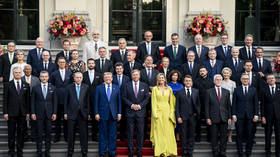
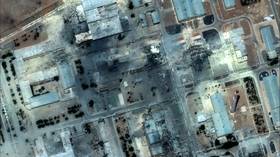

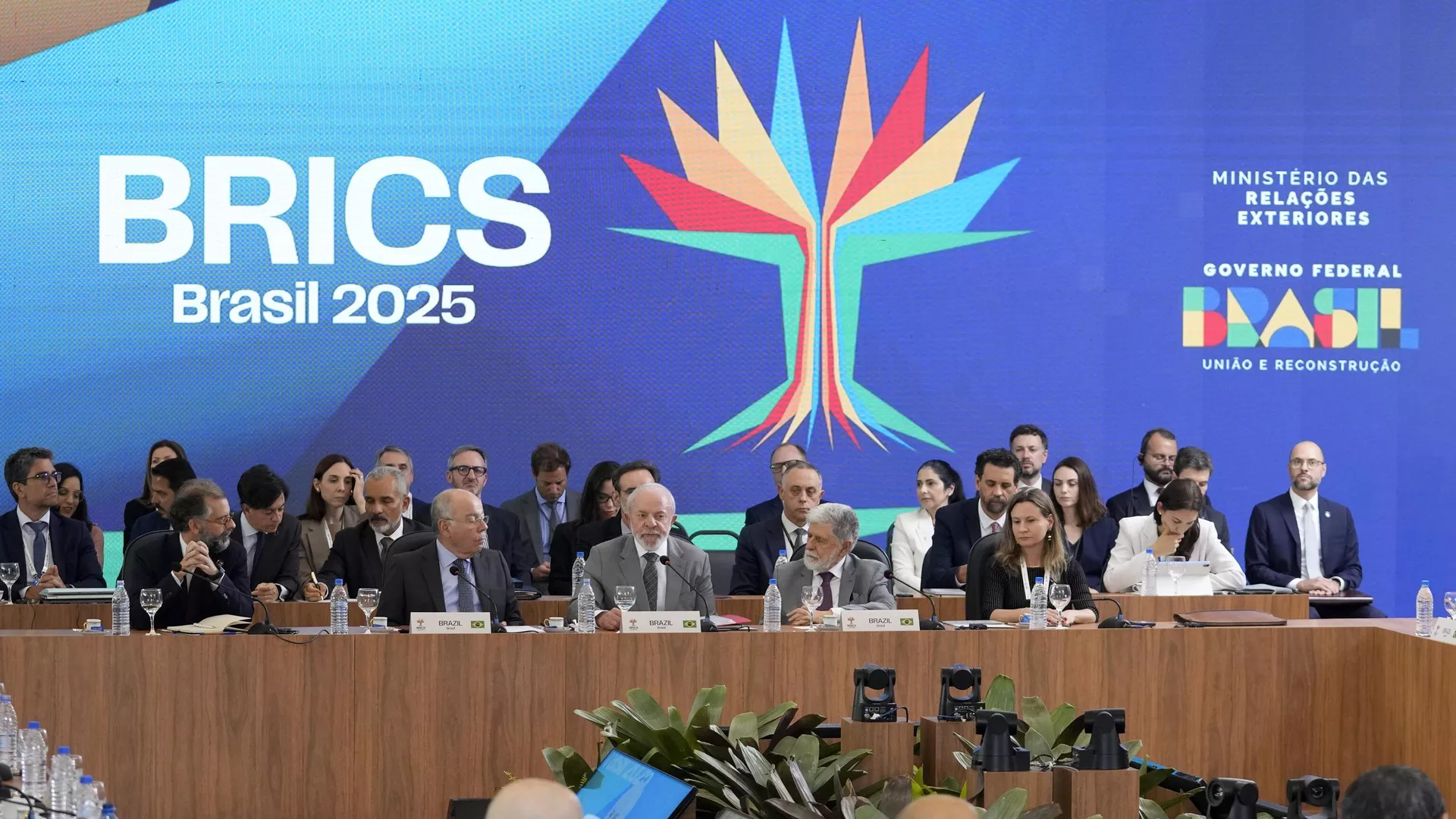









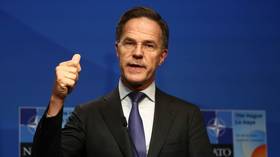
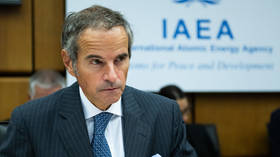

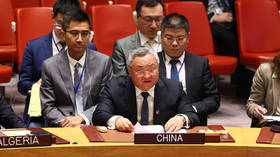


















No comments:
Post a Comment